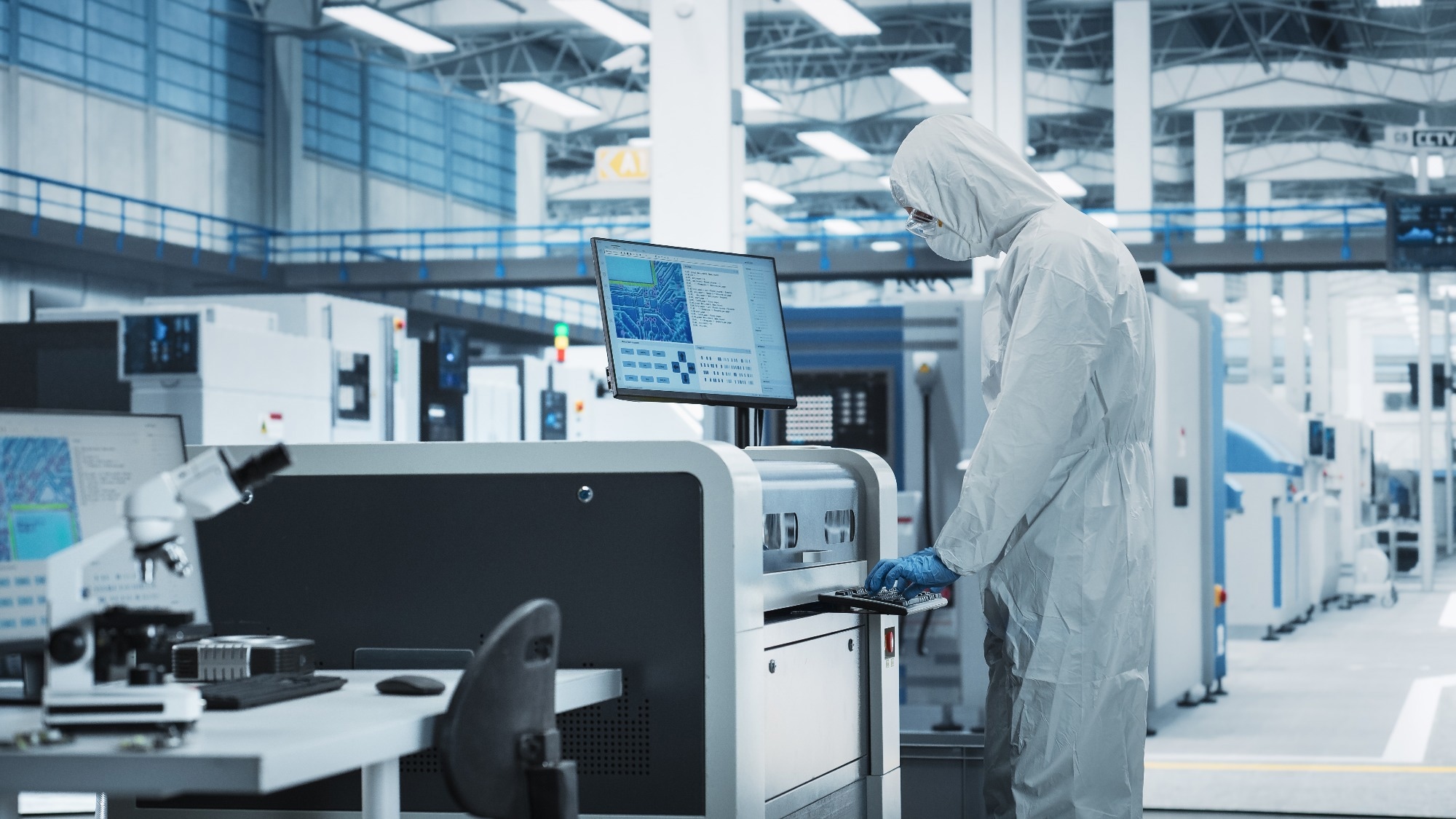Scientists have developed ultra-thin membranes with sub-2-nanometre channels that selectively filter ions, offering a major boost to clean energy systems like flow batteries and osmotic generators.

Image Credit: Gorodenkoff/Shutterstock.com
The study, published in Materials Today, details how these membranes could significantly improve energy efficiency and operational stability. Precisely engineered in both pore size and surface chemistry, they could make a major contribution to technologies such as fuel cells, osmotic power generators, and light-driven converters.
What Are Ion-Selective Membranes?
Ion-selective membranes allow certain ions to pass through while blocking others, a critical function in many energy systems. Achieving this level of control is especially tricky when dealing with ions of similar size and charge, such as hydrogen, sodium, potassium, and chloride.
Although biological ion channels offer extraordinary selectivity, their instability and limited scalability restrict their industrial use. To address this, researchers are creating synthetic alternatives, including subnanochannels and artificial nanochannels, which can be fine-tuned to replicate or surpass natural performance.
These engineered membranes are already being used in applications like osmotic energy generation, where they separate ions such as Na+ and Cl- across salinity gradients to generate electricity. In flow batteries, they permit the movement of charge carriers like H+ and SO42-, while blocking redox-active materials such as vanadium ions and polysulfides, which could otherwise reduce performance.
How the Membranes Are Constructed
The study categorises these membranes based on their structural configuration: one-dimensional, two-dimensional, and three-dimensional nanostructures.
One-dimensional membranes are created using electron beam etching or electrochemical reactions on materials like molybdenum disulfide, resulting in nanopores ranging from 0.6 to 25 nanometres in diameter.
Two-dimensional membranes, composed of stacked nanosheets such as graphene oxide and MXenes, feature adjustable interlayer spacing between 0.2 and two nanometres and are typically formed through vacuum filtration or layer-by-layer assembly.
Three-dimensional porous membranes, meanwhile, are developed using polymers of intrinsic microporosity, metal-organic frameworks, and covalent organic frameworks, often through solution casting or interfacial polymerisation.
Surface chemistry plays an important role in ion selectivity. Negatively charged membranes favour the transport of positively charged ions, while positively charged membranes do the reverse. The final performance depends on a careful balance between pore size, surface charge, and environmental conditions.
The Science Behind Ion Selectivity
The researchers identify three primary mechanisms that govern selective ion transport.
The first is charge selectivity. In this case, negatively charged channels attract positively charged counterions. Titanium carbide-based MXene membranes, for example, demonstrated strong cation transport, achieving power densities up to 21 watts per square metre when exposed to a potassium chloride gradient.
The second mechanism is monovalent/divalent selectivity. This is determined by differences in ion size and hydration energy. Graphene oxide membranes with sub 7 Å interlayer spacing effectively blocked divalent ions such as magnesium, while allowing smaller monovalent ions like potassium to pass through. Selectivity ratios as high as 103 were recorded.
The third mechanism is single-ion selectivity. This is achieved using ultra-confined channels and specific ion-binding sites. For instance, UiO-66-(COOH)2 membranes functionalised with crown ethers achieved sodium-to-potassium selectivity ratios of up to 360. Similarly, vermiculite nanosheets with 0.2 nanometre channels preferred sodium ions over heavier ions such as manganese, making them ideal for harvesting osmotic energy from industrial wastewater.
Download your PDF copy now!
Light-Induced Ion Transport
In addition to passive filtration, the study explored photoresponsive membranes capable of converting light into ionic energy. Materials such as carbon nitride nanotubes and WS2/MoS2 heterostructures responded to light by altering their surface charge, which drove ion flow. These systems achieved photocurrent densities in the microampere range and power outputs of up to two milliwatts per square metre.
It's plausible that light-powered ion transport could play a role in developing developing solar-driven nanofluidic devices in the future.
Energy Applications and Efficiency Gains
These membranes are already showing potential in improving clean energy systems. In osmotic power generation, they enable efficient electricity production from salinity gradients, with laboratory tests reporting power densities of over 20 watts per square metre. In flow batteries, these membranes help maintain coulombic efficiencies above 99 % and energy efficiencies exceeding 80 % by allowing desired ions to move freely while blocking others that could reduce capacity.
Light-induced ion transport also presents opportunities for self-powered or solar-powered nanofluidic devices, expanding the possibilities for clean and scalable energy technologies.
Materials such as polymers of intrinsic microporosity, metal-organic frameworks, and covalent organic frameworks have demonstrated strong ion selectivity and conductivity, reinforcing their usefulness across multiple systems.
Looking Ahead
While these advances are promising, scaling up production of ion-selective membranes while maintaining structural uniformity and performance remains a challenge.
This study highlights the need for more scalable fabrication techniques, as well as a deeper understanding of ion solvation processes, particularly in battery environments. Further investigation of light-responsive membranes is also needed, especially to increase energy conversion efficiency and long-term stability.
Journal Reference
Su, Y., & et al. (2025). Engineering sub-2 nm ion-selective membranes for advancing energy generation technologies. Materials Today. DOI: 10.1016/j.mattod.2025.07.013, https://www.sciencedirect.com/science/article/pii/S1369702125002998
Disclaimer: The views expressed here are those of the author expressed in their private capacity and do not necessarily represent the views of AZoM.com Limited T/A AZoNetwork the owner and operator of this website. This disclaimer forms part of the Terms and conditions of use of this website.